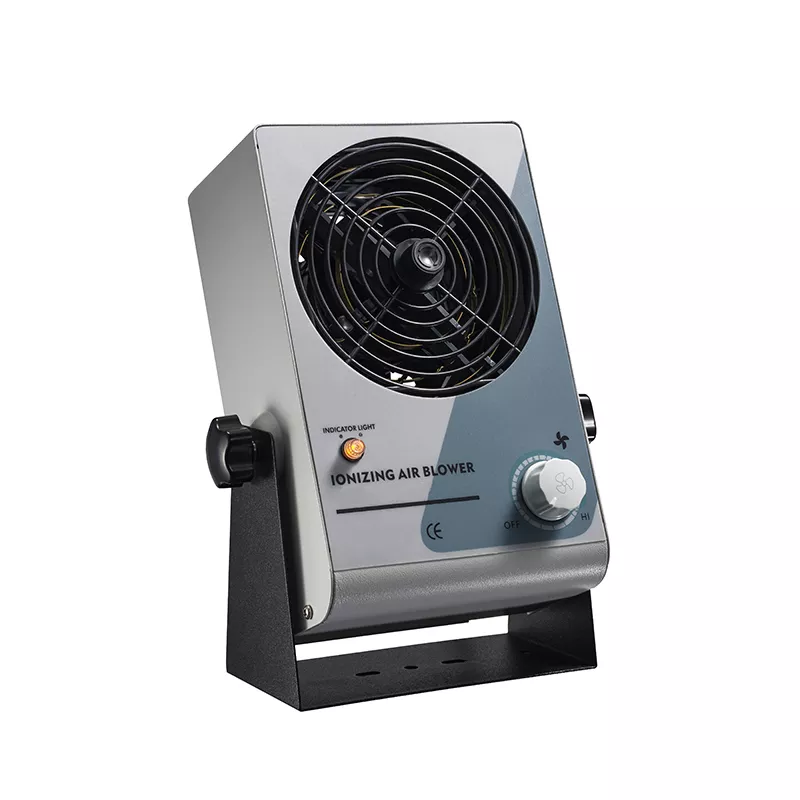Fan Filter Units (FFUs) are crucial components in maintaining clean and controlled environments, but choosing the right size is essential to ensure optimal performance and efficiency. FFU sizes can vary based on specific requirements and the space in which they will be installed. In this article, we will delve into the importance of understanding FFU sizes, factors to consider when selecting the right size, and how to ensure the best fit for your needs.

Importance of Fan Filter Unit Sizes:
The size of an FFU directly impacts its airflow capacity and compatibility with the intended space. Choosing the correct FFU size ensures adequate air filtration, circulation, and contamination control. Undersized units may result in insufficient airflow, while oversized units can lead to unnecessary energy consumption and inefficiency. Understanding FFU sizes is crucial for optimizing performance, maintaining air quality, and achieving cost-effectiveness.
Factors to Consider When Selecting FFU Sizes:
- Cleanroom Class and Application: The class and application of the cleanroom or controlled environment play a significant role in determining the required FFU size. Higher cleanroom classes or applications with more sensitive processes may demand larger FFUs to accommodate the required air changes per hour (ACH) and maintain stringent air quality standards.
- Room Size and Layout: The dimensions and layout of the room directly influence the choice of FFU size. Larger rooms generally require multiple FFUs or larger units to ensure uniform air distribution and adequate coverage. Consider factors such as ceiling height, floor space, and any space limitations when determining the appropriate FFU size.
- Airflow Requirements: Assess the airflow requirements based on the desired air changes per hour (ACH) and the cleanliness level needed. Higher ACH or stricter cleanliness requirements may necessitate larger or more powerful FFUs to meet the desired airflow rate and maintain optimal air quality.
- Filter Efficiency and Pressure Drop: Different FFU sizes may offer variations in filter efficiency and pressure drop. Evaluate the required level of filtration efficiency for your specific application and consider the impact on pressure drop. Balancing efficiency and pressure drop is crucial to ensure optimal performance and avoid excessive energy consumption.
- Future Expansion or Modifications: Consider any future expansion plans or modifications to the cleanroom or controlled environment. Choosing FFUs with flexibility in size and modularity can facilitate easy adaptation to changes, allowing for scalability and cost savings in the long run.
Understanding Fan Filter Unit sizes is essential for selecting the right fit that meets your specific needs. By considering factors such as cleanroom class, room size and layout, airflow requirements, filter efficiency, pressure drop, and future expansion plans, you can make an informed decision when choosing the appropriate FFU size. Optimal sizing ensures efficient air filtration, circulation, and contamination control, contributing to a cleaner and healthier environment.
continue reading




